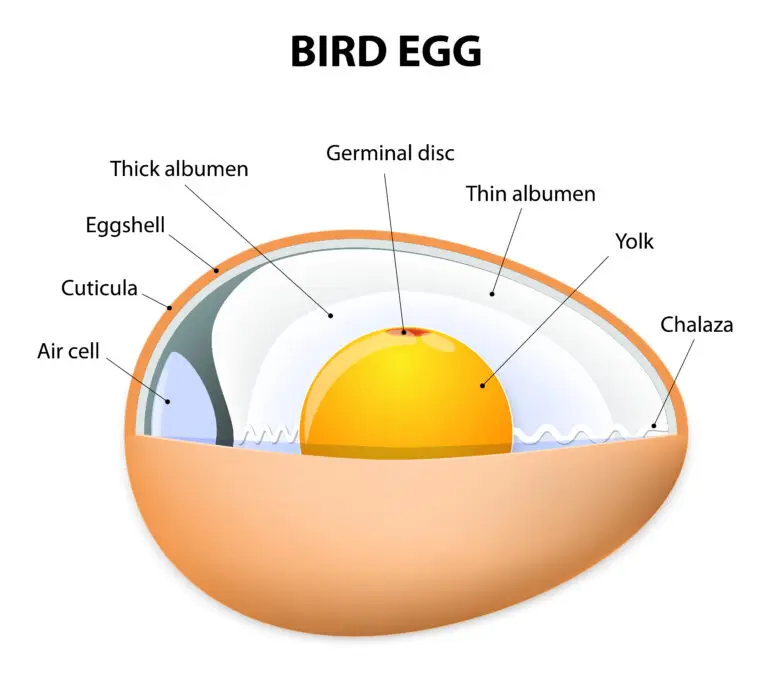Yolk

Table of Contents
What is Yolk?
The term “yolk” typically refers to the nutritive material found in animals’ eggs. The yolk is a rich source of nutrients, including proteins, lipids (fats), and vitamins, which provide the necessary energy and building blocks for the developing embryo during its early stages of development.
Key Points about Yolk
Egg Yolk
The yolk is a component of eggs, serving as a food reserve for the developing embryo. It is often yellow or orange in color due to pigments such as carotenoids. The egg white or albumen surrounds the yolk.
Nutrient Storage
The yolk contains various nutrients for the developing embryo’s growth and development. These nutrients include proteins, lipids, vitamins, and minerals. The yolk is a source of energy and building materials for the developing organism.
Proteins: The yolk contains proteins, which are essential for the growth and development of the embryo. Proteins are crucial for forming tissues, organs, and various enzymes.
Fats: The yolk is relatively high in fat, including saturated and unsaturated fats. It serves as a concentrated source of energy for the developing embryo.
Vitamins: The yolk contains various vitamins, including fat-soluble vitamins such as vitamin A, vitamin D, vitamin E, and vitamin K. These vitamins play vital roles in vision, bone health, antioxidant defense, and blood clotting.
Minerals: Minerals like iron, phosphorus, zinc, and selenium are present in the yolk. These minerals contribute to various physiological processes and are essential for the overall development of the embryo.
Cholesterol: The yolk is a significant source of cholesterol, essential for developing cell membranes and hormones in the growing embryo.
Carotenoids: Depending on the laying hen’s diet, carotenoids like lutein and zeaxanthin may be present in the yolk. These compounds have antioxidant properties and are beneficial for eye health.
Maternal Contribution
In oviparous animals (those that lay eggs), the yolk is produced by the female and is part of the egg. It represents the maternal contribution to the early nourishment of the developing embryo before it hatches.
Size and Composition Variation
The size and composition of the yolk can vary among different species. In some species, eggs have a relatively small yolk, and the developing embryo relies on other sources of nourishment after hatching. In other species, especially those with non-placental reproduction, the yolk is the primary source of nutrients during development.
Viviparous and Ovoviviparous Species
In viviparous species (those that give birth to live young) and ovoviviparous species (those that retain eggs inside the body until they hatch), the yolk is usually absorbed by the developing embryo within the mother’s body.
Birds and Reptiles
In birds and reptiles, the egg yolk is a significant component of the egg. It provides nutrients for the developing bird or reptile embryo until it is ready to hatch.
Human Development
In humans, while fertilization and early development occur within the mother’s body, there is no egg yolk as in eggs laid by oviparous animals. Instead, the developing human embryo is nourished through the placenta and receives nutrients from the mother’s bloodstream.
Related Links
Proteins
Fertilization
Gametes
Sexual Reproduction